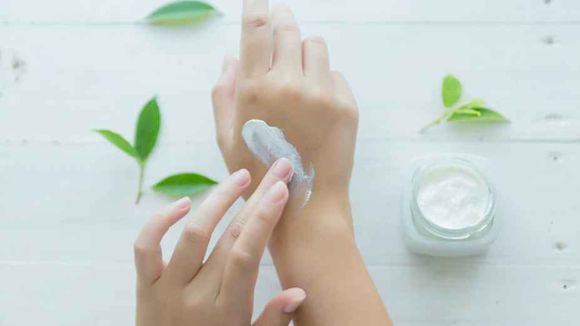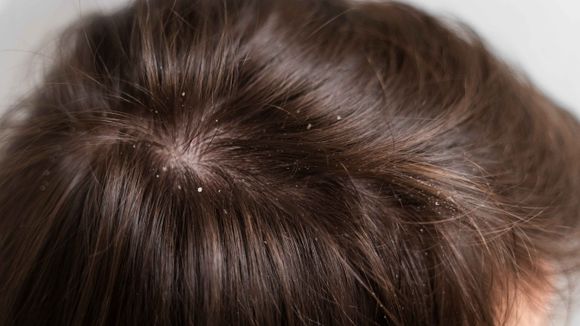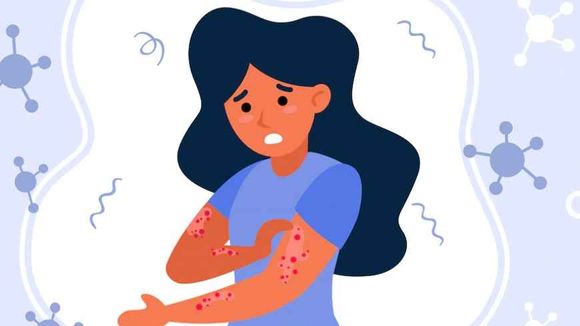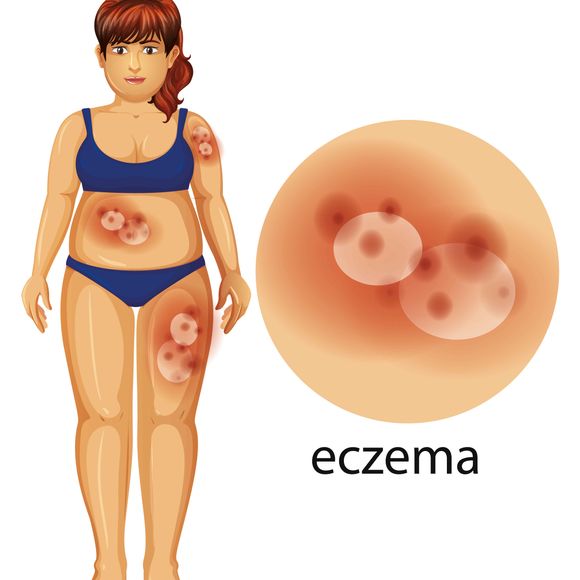What exactly is eczema?
The word 'eczema' has two meanings. It can mean one of the following:
- A group of conditions that cause inflamed, irritated and often itchy skin.
- Any of the conditions in this group, such as Atopic Dermatitis, Contact Dermatitis or Stasis Dermatitis.
Eczema weakens the barrier function of the skin, which is responsible for supporting its hygroscopic functions (to retain moisture). In this way, it also protects the body from external stimuli.
Eczema is also a type of dermatitis. Dermatitis is a group of conditions that cause inflammation of the skin with its characteristic symptoms. 1
What causes eczema?
The cause of eczema is not fully understood. However, researchers believe that it is triggered by an overactive immune system.
Eczema tends to exacerbate when your skin is exposed to external irritants that cause your immune system to overreact. In addition, researchers have found that some people with eczema do not produce enough of a protein called filaggrin (a protein that aggregates strands). This protein is responsible for helping the skin stay moisturized and healthy.
The most common triggers for eczema include:
- Chemicals or preservatives found in detergents and detergents
- Flavoured products
- Cigarette smoke
- External allergens such as pollen, mold, dust or mites
- Coarse material, like wool
- Synthetic fabrics
- Perspiration
- Temperature changes
- Stress
- Food allergies
- Animal dandruff
- Upper respiratory tract infections
- A type of fungus called malassezia that is present on everyone's skin but reproduces excessively in some people
- Increased level of androgens (hormone)
- Increased level of skin lipids
- Inflammatory reaction
- Family history (dermatitis, for example, runs in families).
Common symptoms of eczema

Symptoms of eczema can vary depending on the person's age and severity of the condition. In eczema, there are periods of time when symptoms worsen, followed by periods when symptoms improve or decrease.
In most cases, the symptoms of eczema are mild. The most common symptoms include:
- Dry, flaky skinRedness
- of the skin
- Itch
- Open, crusted or oozing wounds
However, in different types of eczema, there are other characteristic symptoms that we will consider in detail.
What are the types of eczema?
There are several types of eczema. Each type has unique triggers that can affect the barrier function of the skin, as well as different symptoms.
Atopic Dermatitis

Atopic Dermatitis causes dry, itchy skin, which is often recognizable by the red rash. This is the most common type of eczema. With atopic dermatitis, there are the following features:
- The rash often forms in the folds of the elbows or knees.
- The skin in the areas where the rash appears may become lighter or darker or thicker.
- Small bumps may appear and fluid may leak if you irritate it.
- Babies often get a rash on the scalp and cheeks.
- Your skin can become infected when scratched. [ref. 1]
Contact dermatitis
Contact dermatitis is caused by exposure to something that irritates the skin or causes an allergic reaction. With contact dermatitis, there are the following features:
- The skin itches, turns red, hyperpigmented or pink.
- Itchy bumps called hives may appear on your skin.
- Liquid-filled blisters may form, which may leak and crusts may form.
- Over time, the skin may thicken in some places.
Dyshidrotic eczema
Dyshidrotic dermatitis affects the fingers, palms of the hands and feet. It causes itchy, scaly spots on the skin that can turn red, cracked and painful. The condition is more common in women.
With dyshidrotic eczema, there are the following features:
- Fluid-filled blisters form on your fingers, feet, palms and feet.
- These blisters can itch or hurt.
- The skin can peel and crack. 3
Neurodermatitis
Neurodermatitis is a skin condition involving itching and scratching, usually on only one or two patches of skin. It is also called lichen simplex chronicle. In neurodermatitis, there are the following characteristic features:
- Thick, scaly spots form on the arms, legs, back of the neck, scalp, lower legs, back of the arms or genitals.
- These spots can be very itchy, especially at rest or during sleep.
- Spots can bleed and become infected if they scratch.
Seborrheic dermatitis

Seborrheic dermatitis does not cause serious damage to the body, including hair. It manifests as red, dry, flaky, itchy skin on the scalp and other parts of the body and is common but not contagious. Its presence does not mean that the skin is unclean or infected.
Seborrheic dermatitis can also occur in other parts of the body besides the scalp. These are areas with the most active sebaceous glands: the upper back and chest, face/forehead, folds at the base of the nose, behind the ears, navel, eyebrows, under the chest and in the folds of the arms, legs and groin.
With seborrheic dermatitis, there are the following features:
- Itchy white flakes on the skin of the scalp (dandruff). When combing, the scales are separated, mixed with hair or fall on the neck and shoulders.
- Red flakes on the skin.
- Yellow scales on the heads of babies.
- Pink plaques (thick skin) of flakes on both sides of the face.
- Scaly spots on the chest and along the hairline.
- Redness in the folds of the legs/arms and folds of the genitals, armpits and under the chest. 4
Eczema Treatment Options
Characteristic rashes and skin formations can create quite a lot of trouble for a person with eczema. At the very least, they are itchy, flaky and can be exacerbated literally at any time. Therefore, it is good to have a treatment plan with this diagnosis that includes various tools to relieve symptoms and the condition.
A dermatologist, allergist or other specialist is qualified to determine the correct treatment for eczema. It will depend on the type and severity of eczema, with some of the healing and therapeutic methods including:
- Antihistamines - can to some extent control itching.
- Corticosteroid cream or ointment can reduce itching. For a more severe reaction, oral steroids can be taken.
- Calcineurin inhibitors that reduce the immune response causing itching of the skin.
- Antibiotics to deal with skin infections.
- Light therapy, such as Red Light therapy, in which the skin is exposed to ultraviolet light.
- Cool compresses applied before topical use of corticosteroid cream.
- Application of anti-dandruff shampoos that contain selenium, zinc pyrithione or coal tar. 5
Our tips for controlling the symptoms of eczema

There are a few more things you can do to prevent exacerbation of eczema and manage symptoms:
- Moisturize your skin daily with a suitable cream or oil-based ointment to form a protective barrier. Apply the cream as soon as you leave the bath to seal the moisture.
- After taking a bath, gently pat your skin with a soft towel. Never rub or press.
- Avoid scratching, which can cause infection.
- Use fragrance-free detergents, cleansers, makeup and other skin care products.
- Wear gloves and protective clothing whenever handling chemicals.
- Wear loose clothing made of soft and airy fabrics, such as cotton.





